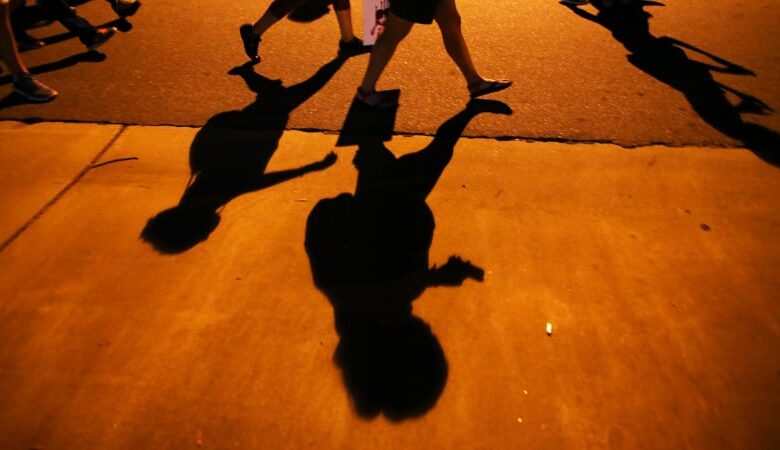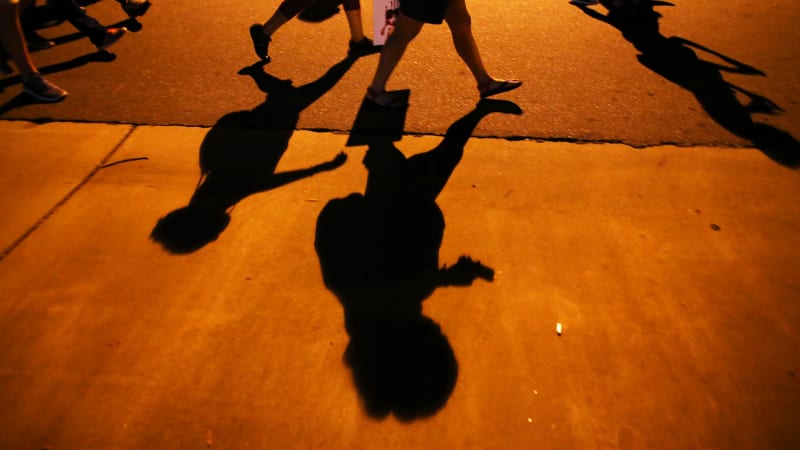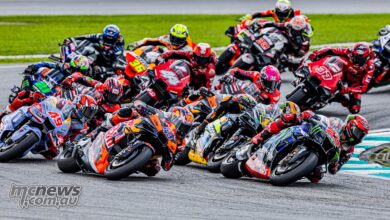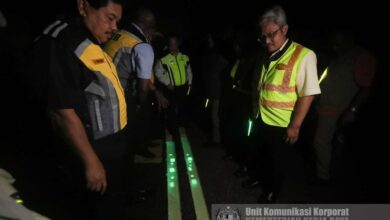Pedestrian fatalities most often occur at night, and that’s a recent, scary change


The problem is thorny and disturbing, and the potential causes are many. But credit the reporters at The New York Times for making a brave attempt to explain why and how more than 7,300 pedestrians died in America in 2021 — three in four of them during the hours between sunset and sunrise.
The report, titled “Why Are So Many American Pedestrians Dying at Night?” chronicles the sharp rise in nighttime fatalities over the past 15 years and suggests factors at play here besides merely darkness: the distractions of smartphone use — both by drivers and by pedestrians — fiddling with digital display devices on or near the dashboard; increased use of drugs by drivers; and more people walking along roads that were not designed for pedestrians.
A year ago, Autoblog looked at the same data, and we noted a couple of factors the Times only touches on or does not mention: Like the Times, we highlighted that pedestrians are often dressed in dark clothing, rather than for visibility. We also noted, anecdotally, that pedestrians often don’t exercise the fundamentals of safe walking, sometimes jaywalking or stepping out without making eye contact with motorists. As for roads not designed for pedestrians, we noted that three-quarters of pedestrian deaths occur in a location other than an intersection, where a driver is at higher speeds and would least expect to encounter someone walking. And though we often hear about drunk driving, there’s this surprising statistic: In 32% of fatal crashes, the pedestrian had a blood-alcohol level exceeding 0.08% — too impaired to drive may also mean too impaired to make coherent decisions on foot. In comparison, in 10% of pedestrian fatalities, the driver was drunk.
In Portland, Oregon, the story quotes Dana Dickman, the traffic safety section manager for the Portland Bureau of Transportation, who says, “Now we have folks that are living, working, shopping, going to school directly on these roads that were essentially built as highways.”
“It’s clear that there’s been a particularly American mix of technological and social changes over the past decade and a half,” the Times writers say. “And they have all come on top of a road system and an ingrained culture that prioritizes speed over safety. Whatever has happened over this time has reversed years of progress on daytime pedestrian fatalities, too, leading to a modest increase in deaths.” Then they return to the main thesis: “Nighttime, however, has the potential to amplify so many of these new risks.”
Experts as well are called on to comment on what’s caused “a growing gap” in reports of fatalities between the U.S. and other advanced nations. But there’s no consensus. Reports the Times, “these trends present a puzzle that has stumped experts on vehicle design, driver behavior, road safety and how they interact.”
“’I don’t have any definitive answers for this,’” Jessica Cicchino, the vice president for research at the Insurance Institute for Highway Safety, told the writers. “Ms. Cicchino, like many observers, has puzzled over how rapidly nighttime deaths have risen. ‘What is it that’s happening specifically in the dark?’”
Could it be that the predominance these days of vehicles that are “wider, longer, taller and heavier” — the letters “SUV” don’t appear in the story here — contributes to the rise in pedestrian injuries?
Not necessarily. “While researchers have pointed toward vehicle size as a factor explaining America’s high overall rate of pedestrian fatalities, several said they were skeptical that it explains much of the increase since 2009,” reports the Times. “That’s because American cars were relatively large even before 2009, and the rate at which new cars replace existing ones is slow.”
There are other details worth exploring in the report, which is available here. A subscription to the Times may be required.
The Times also has a companion piece, called “The Rise in U.S. Traffic Deaths.” It charts the way that vehicle deaths have risen in the U.S. to a rate up to five times higher than that of Scandinavia, Switzerland or Britain.




